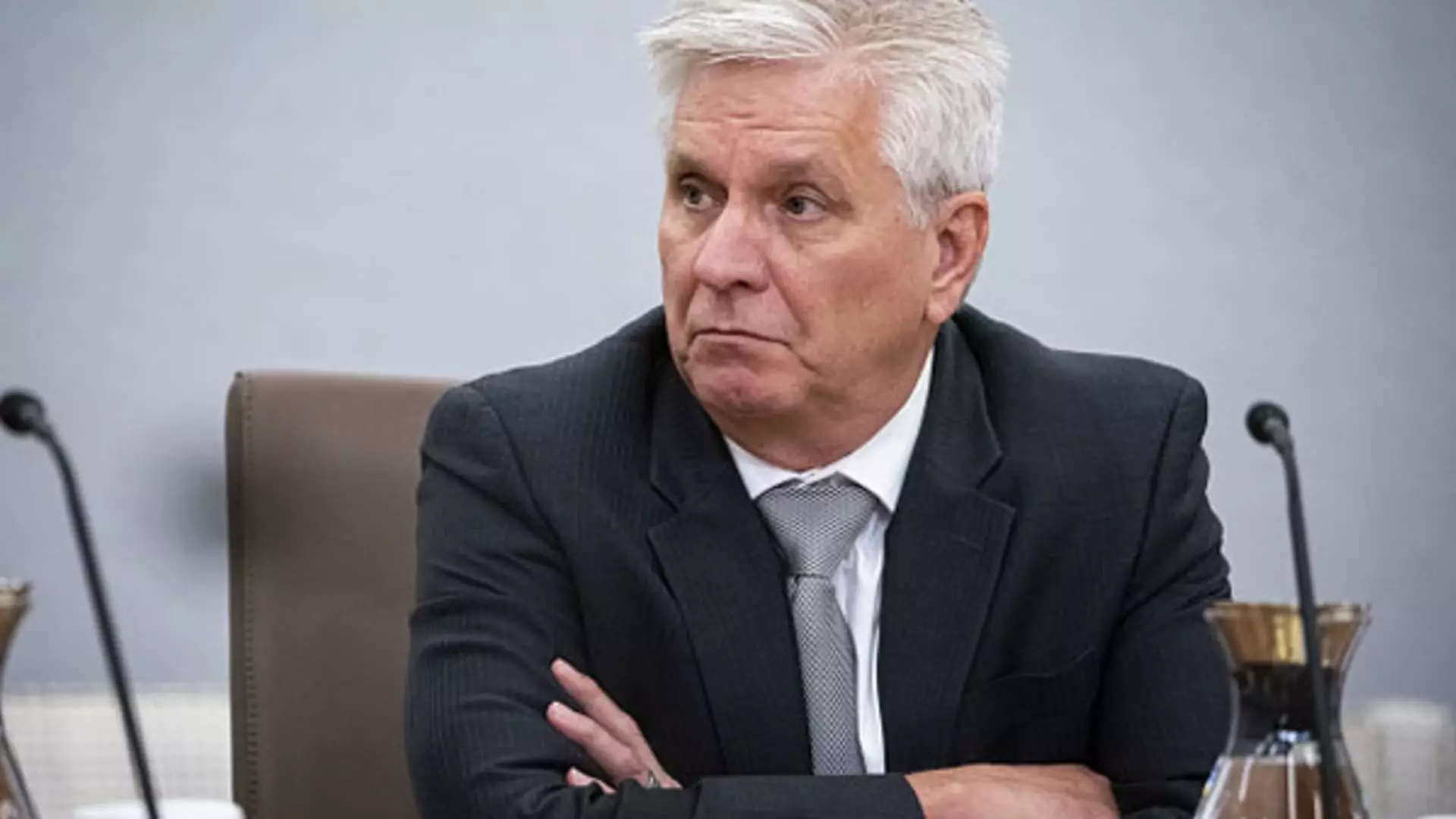In a recent address, Federal Reserve Governor Christopher Waller articulated a cautious stance regarding future interest rate adjustments, emphasizing that the current economic indicators might not reflect the anticipated slowdown. Waller’s comments are significant, as they highlight the central bank’s balancing act between fostering economic growth and controlling inflation. The mixed signals from employment statistics, inflation reports, and GDP growth contribute to a complex environment in which monetary policy must navigate uncertainty. This conflict is particularly evident following September’s notable half percentage point reduction in interest rates, a move typically reserved for dire economic circumstances.
The Rationale Behind Rate Reductions
Waller’s remarks underscore a crucial consideration: despite the encouraging aspects of recent economic data, it may not yet warrant aggressive monetary easing. His assertion that “the totality of the data” demands a more measured approach to rate cuts signals a strategic shift within the Federal Open Market Committee (FOMC). Traditionally, the Fed has pursued a more conservative path, initiating changes in 25 basis-point increments. The unprecedented 50 basis-point cut in September has sparked discussions about the Fed’s current strategy and its implications for the economy, especially as various sectors are recovering more robustly than expected.
The nuances of economic recovery are pivotal in understanding Waller’s hesitance to endorse further substantial cuts in the near term. Improved labor market performance in September and upward revisions in both GDP and income metrics indicate resilience within the economy that was previously underestimated. For instance, the adjustment of gross domestic income growth to 3.4% from earlier estimates suggests stronger economic foundations than anticipated, providing a counterpoint to expectations of slowing growth.
Future Projections and Implications
Waller maintains that a gradual approach to rate cuts remains the most prudent course, even as he refrains from committing to a specific roadmap. The possibility of two more half-point reductions by the end of 2024, alongside substantial cuts in subsequent years, paints a forward-looking picture of credit conditions that would evolve in response to ongoing economic developments. Yet, the call for caution implies a recognition of potential risks, such as inflation persisting above desirable levels or economic activity rebounding unexpectedly.
In this context, financial markets and consumers alike may need to prepare for a period marked by uncertainty and fluctuation as the Fed weighs its options. The interplay of inflationary pressures and labor market dynamics will be crucial as policymakers strive to strike a balance between stimulating growth and maintaining price stability.
The remarks from Federal Reserve Governor Christopher Waller encapsulate the challenges faced by the central bank in evaluating its next moves. While the economic outlook shows signs of strength, Waller’s cautious commentary indicates that decision-makers are not rushing into further rate cuts. The evolving landscape demands attentiveness to new data and flexibility in policy-making, underscoring that the path ahead is fraught with both opportunities and challenges as the economy continues to navigate through a post-pandemic recovery phase. The delicate interplay between monetary policy and economic indicators will be critical in shaping the future trajectory of interest rates and overall economic health.

